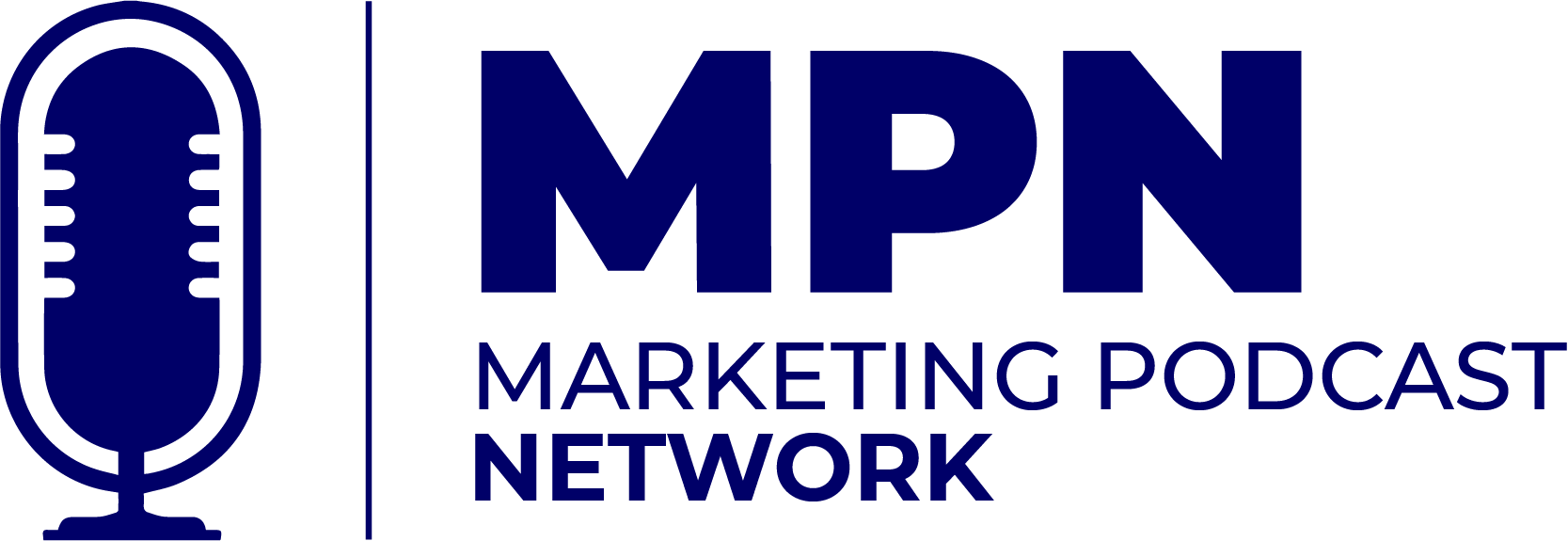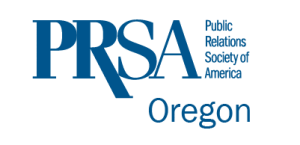
Are You Communicating With Your Most Important Audience?
Many assume that the public in public relations (PR) lives outside an organization, which is undoubtedly true. After all, one of PR’s primary jobs is communicating an organization’s key messages to important external audiences. But this isn’t PR’s only role. In fact, limiting PR work to external messaging overlooks an organization’s most important audience: its employees. Internal communications is a critical practice for every organization, and with a bit of planning and structure, it can become a cornerstone of your company culture.
Why Employees Are Your Most Important Audience
Strong internal communication practices engage employees, build a strong company culture and unite an organization under unified messaging. While this may seem obvious, many leaders purposely limit the information they share with their employees. There are many different justifications for this practice — some good and some bad. However, being open with your team is essential for several reasons, such as:
- You wouldn’t have a company without your employees. Openly communicating with them shows respect for their role in your organization’s success.
- Happy employees equal happy customers. Making them feel like informed participants in a business endeavor will bring bottom-line returns.
- Don’t assume your employees know everything that you’re doing. Internal communications bring your company’s work to the forefront of your employees’ attention.
- Misinformation thrives in a vacuum. Supplying employees with an accurate narrative will supersede the rumor mills that sometimes exist in work environments.
Once you understand why it’s essential to communicate with your employees, it’s time to decide what you’ll share.
What You Should Communicate Internally
The way Veracity approaches PR is to do the work first and then communicate it, rather than doing PR (through social media posts, press releases, internal company newsletters, or what have you) simply for the sake of communicating. When understanding that impressive results only follow noteworthy accomplishments, we’re on course to effectively communicate our actions.
All too often, organizations communicate their outstanding achievements (which are the result of actions) externally but forget about highlighting them internally. Take thought leadership, for example. Any time that actions occur, such as booking speaking engagements or securing bylined articles, they should be announced internally. By releasing information like this internally, first and foremost, we’re building goodwill and creating a stronger company culture.
Yet, leaders often resist announcing company wins internally due to a misplaced sense of modesty, believing this will be perceived as bragging. But the opposite is true. Keeping your wins quiet does a disservice to your employees and disrespects their role in achieving those accomplishments. A PR professional can be helpful in this regard because they can offer impartial advice about activities worthy of being shared internally and externally.
There are plenty of other things companies can communicate internally that don’t seem like PR, but serve the same purpose. These could include company events or contests, highlighting employees and departments with special features, or bringing in outside speakers or advisers who provide team members with helpful information. All these actions add value to the employee experience, bind the team together through shared experiences, and build a more robust culture.
How to Build an Internal Communications Process
In a perfect world, the PR department would work directly with company leadership and human resources (HR) to create and execute an internal communications process. PR functions could include: developing topics and initiatives, collecting the needed information to create content around these topics and initiatives, and finally, uncovering the best way to message and distribute that content internally.
Distribution can take many forms, like internal newsletters or online resource hubs. Some companies release quarterly press releases announcing notable events over the previous three months. This approach serves dual purposes — it keeps employees informed of what’s happening and serves a record-keeping function by cataloging all the wins that might otherwise be hard to track.
Other companies hold events to announce big wins. Some create company podcasts, and a few have developed open employee lines that go directly to the CEO. Whatever approach you take should be systemized to ensure employees get the messaging before it leaves the company walls.
Bring Employees into the Process
Of course, it’s always possible to do too much. If you’re worried you’re bugging or overwhelming your employees, rethink your approach by bringing employees into the process.
Some companies have created employee communications committees to develop thoughtful internal communications policies and procedures. Occasional anonymous employee surveys can also provide clues about how they want to receive information.
Including employees in the internal communications process also reinforces the message that being open and transparent is a priority for your company.
Internal Comms is Inclusivity in Action
By redefining the public in public relations, you’re taking the radical step of prioritizing your most important audience: your employees. A structured internal communications practice puts first things first by keeping your team updated about what’s happening with the company. But it’s also an act of inclusivity that brings people together and fosters a sense of egalitarianism. When messaging is shared openly, fewer people are in the privileged position of having information that others do not. With this practice in place, you’ll find your team becomes happier, more aligned, and better positioned to help your customers.

![How Leaders Can “Improv” Company Culture With Erin Diehl [Podcast]](https://www.veracityagency.com/wp-content/uploads/Erin-Diehl-800x600-1.jpg)



![Where’s the Culture – Marketing Connection? Right Here with Emmy Thomas [Podcast]](https://www.veracityagency.com/wp-content/uploads/Wheres-the-Culture-800x600-1.jpg)




